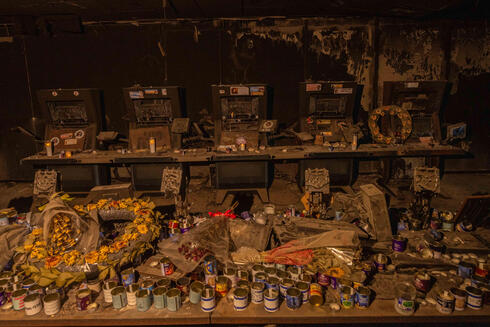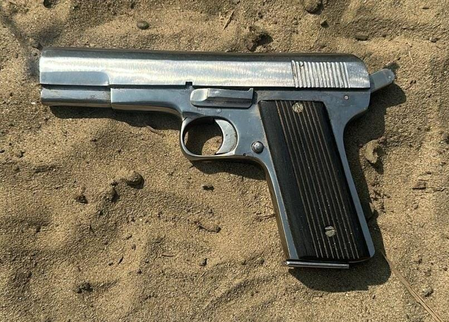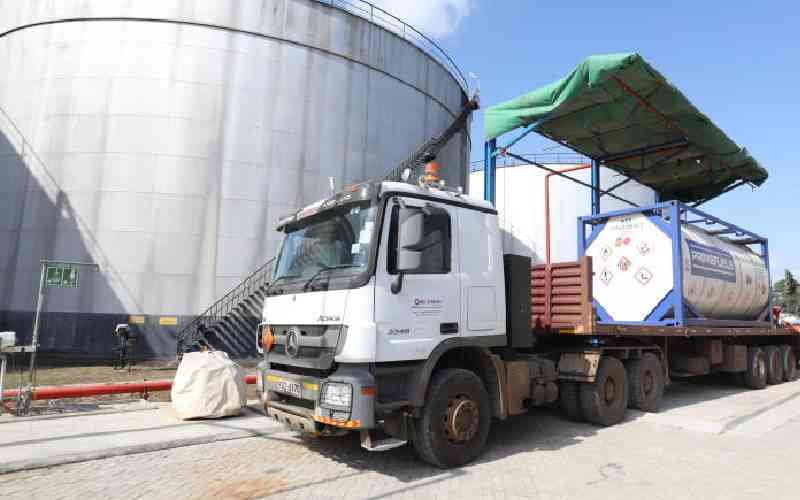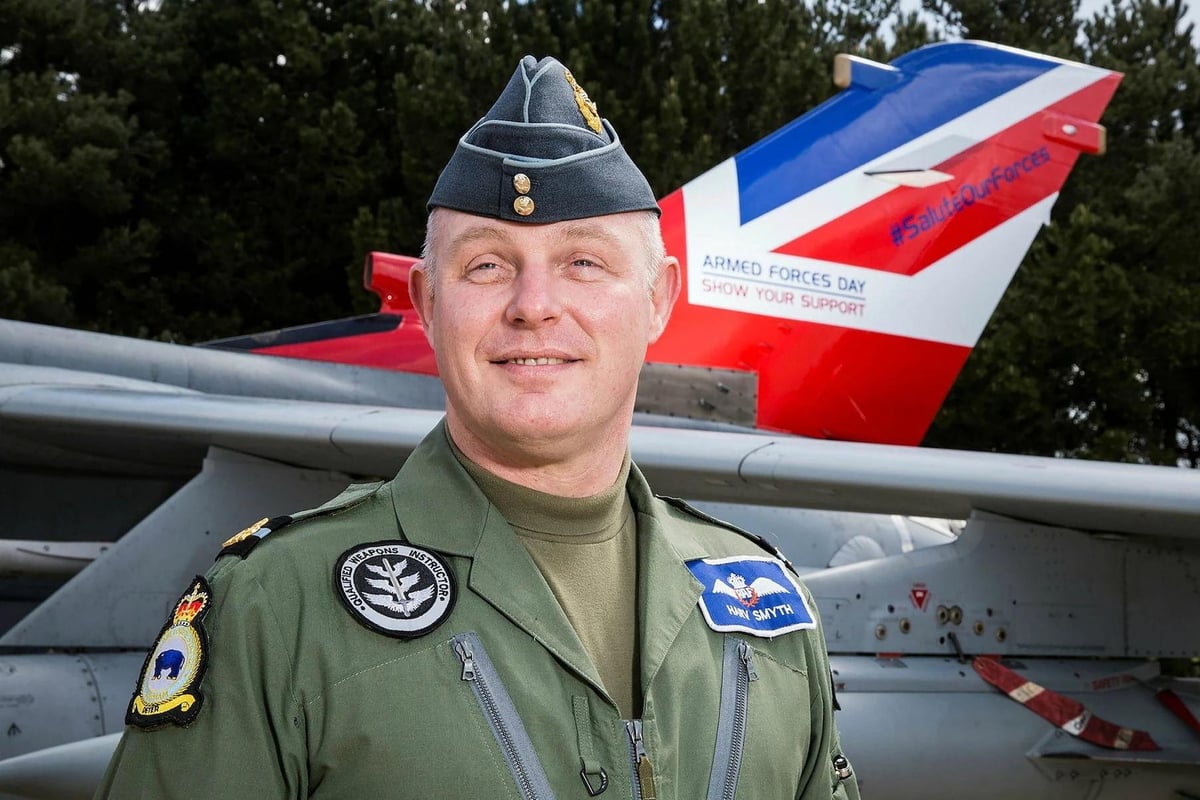Copyright ynetnews

At dawn on October 7, 2023, the quiet at the IDF base near Kibbutz Nahal Oz shattered under the roar of rockets and the crack of gunfire. Within hours, the compound — just 850 meters from the Gaza border — became the scene of one of the bloodiest battles of the Hamas terrorist attack. Fifty-three Israeli soldiers were killed and 10 were abducted into Gaza. Most of those who fell were members of the IDF’s 13th Battalion of the Golani Infantry Brigade and the 414th Battalion of the Border Defense Corps. The fighting revealed severe failures in readiness but also stories of extraordinary heroism. Soldiers and officers fought under relentless fire from hundreds of Hamas terrorists who poured through the border fence in organized waves. According to accounts from survivors, the base’s morning began routinely. At 5:30 a.m., officers who had remained on base for the weekend gathered for a regular situation assessment. There were no signs of an impending assault. Then came the first sirens. Mortar shells began to fall. Second Lt. L., deputy commander of the administrative support company, woke to explosions and sprinted to a nearby command post. “One of the shells hit right across from my room,” he recalled. “At that point, we didn’t understand what was happening.” Barefoot and still in the clothes he had slept in, L. threw on his uniform and called his soldiers to form an emergency response team. Over the base loudspeakers came orders for all combat officers to report to the battalion command post, but L. chose to stay to protect his company. Running toward his soldiers’ fortified shelter with two others, he heard gunfire. “I thought it was our forces shooting at the fence,” he said. “I didn’t realize Hamas terrorists had already reached the base.” As they ran, he saw two armed terrorists with green headbands on the western side of the compound. He chose one route to reach the shelter, later learning that the other path was already overrun. Inside the shelter were about 20 soldiers, most unarmed. Between them they had three rifles and a pistol. “We took positions at both entrances,” L. said. “We didn’t have much ammunition. We used the small holes in the wall to spot anyone coming near.” For nine hours they held their position under mortar and anti-tank fire. A grenade thrown toward the entrance failed to explode. They fought back against approaching terrorist squads, killing several. “People ask how I wasn’t afraid,” L. said. “Everyone is afraid. But I was focused on getting everyone out alive. Those soldiers saved my life.” He later emphasized that the logistical company — often seen as noncombat — was vital to the battalion’s survival. “They go into Gaza with trucks, not armored vehicles,” he said. “They risk their lives so the unit can move forward.” The attack on the Nahal Oz base unfolded in three waves. At its peak, about 250 Hamas terrorists were inside the compound. At 6:29 a.m., as the first barrages hit, Maj. Shilo Har-Even, a Golani company commander, radioed his men: “This is not a drill. They’re firing on us.” The female surveillance soldiers, known for their vigilance on the border, remained calm under fire, continuing to transmit detailed, life-saving updates over the radio even as terrorists charged toward their position. Within minutes, three Golani fighters — Staff Sgt. Dor Lazimi, Staff Sgt. Ori Karmi, and Staff Sgt. Adir Eshto Bogale — ran through mortar fire to reinforce a lone sentry at the gate. They fought against dozens of attackers before falling in battle. Meanwhile, surveillance platoon commander Lt. Shir pieced together a real-time battlefield picture for all IDF units in the area, marking the locations of both friendly forces and terrorists. Two tank crews managed to mount their vehicles, running over several terrorists and firing shells that struck groups massing in the southwestern corner of the base. In the chaos, the deputy battalion commander, Maj. N., was shot in the head while fighting at the entrance. His soldiers tried to save him under fire, but as the thin defensive line collapsed, terrorists flooded inside. By a little after 7 a.m., more than 40 terrorists had breached the perimeter, firing through the base’s buildings. Maj. Har-Even was struck by an anti-tank missile that nearly severed his hand, but he kept fighting. At the same time, a terrorist tried to enter a fortified shelter and was shot by a drone team under the command of Capt. Eden Nimri. Grenades were thrown into the bunker. Two surveillance soldiers pushed two grenades away, allowing 14 others to escape. Nimri, the only one still armed, fought the terrorists at close range until she was killed. Despite his injury, Maj. Har-Even continued to lead his troops. Outnumbered and under fire from four directions, he and his soldiers charged the enemy, killing several before being hit and killed. Shortly before 9 a.m., the base was overrun. About 200 terrorists moved through the compound, shooting soldiers at close range and setting fire to buildings. Tracker Warrant Officer Ibrahim Kharuba, who had fought since the first moments of the attack, stood guard outside the room where surveillance soldiers were hiding. When the terrorists called for him to surrender, he phoned his family to say goodbye. “It was an honor to die for the country and for you,” he told the soldiers before charging at the terrorists and being killed. The terrorists then set fire to the command post and the adjacent room, where 22 soldiers were taking cover. Most died from the flames or smoke, though several managed to crawl out through a small window and survive. By midday, the battle for Nahal Oz was over. The base lay in ruins, and dozens of its defenders were dead or missing. Yet survivors and commanders alike described how, in those first hours of Israel’s deadliest day, the soldiers of Nahal Oz fought with courage, determination, and sacrifice against overwhelming odds. “They didn’t give up,” one officer said later. “They fought to the last bullet, the last breath.” Among those abducted into Gaza was Staff Sgt. Matan Angrest. Capt. Daniel Peretz and Staff Sgt. Itay Chen were killed in combat, and their bodies were taken into Gaza by Hamas terrorists. Seven female surveillance soldiers were kidnapped from the base that morning. Noa Marciano was murdered in captivity and her body was later returned to Israel. Ori Megidish was rescued in an IDF operation. In a subsequent agreement, Liri Albag, Karina Ariev, Daniella Gilboa, Naama Levy, and Agam Berger were returned to Israel. The Fallen of Nahal Oz These are the names of the 53 soldiers who fell at the base — 22 combat-support soldiers and 31 combat soldiers: Maj. Shilo Har-Even Warrant Officer Ibrahim Kharuba Capt. Idan Baloi Capt. Shir Eilat Capt. Eden Nimri Capt. Daniel Peretz Lt. Yohai Dukhan Sgt. Or Avital Cpl. Noam Avramovich Sgt. Amir Eyal Staff Sgt. Itay Chen Staff Sgt. Nehoray Levi Amitay Staff Sgt. Sivan Simha Asraf Sgt. Roni Eshel Sgt. Shay Ashram Staff Sgt. Adir Eshto Bogale Sgt. Shir Biton Staff Sgt. Barak Ben David Staff Sgt. Yaad Ben Yacov Staff Sgt. Shimon Alroy Ben Shitrit Sgt. Osher Simha Barzilay Staff Sgt. Neta Bar Am Staff Sgt. Roi Haim Guri Staff Sgt. Yonatan Golan Staff Sgt. Yam Glass Cpl. Maya Villalobo Polo Staff Sgt. Dvir Zakai Sgt. Aviv Hagage Staff Sgt. Shirel Haim Pour Sgt. Boaz Menache Yoggev Staff Sgt. Dor Yarhi Cpl. Hadar Miriam Cohen Staff Sgt. Ori Karmi Sgt. Shimon Lugasi Staff Sgt. Dor Lazimi Sgt. Tomer Leibovitz Sgt. Yael Leibushor Staff Sgt. Adi Landman Sgt. Shirel Mor Staff Sgt. Sahar Meidani Cpl. Noa Marciano Sgt. Shoham Shlomo Nidam Staff Sgt. Shachaf Nesani Staff Sgt. Naor Siboni Cpl. Shirat Yam Amar Staff Sgt. Yishay Fitusi Staff Sgt. Yarin Mari Peled Staff Sgt. Noa Prais Staff Sgt. Daniel Rashed Staff Sgt. Itay Avraham Ron Staff Sgt. David Ratner Sgt. Shira Shohat Staff Sgt. Daniel Shperber



